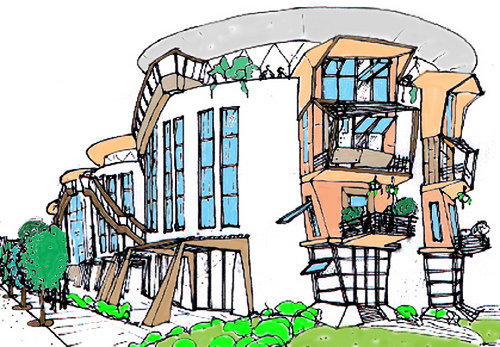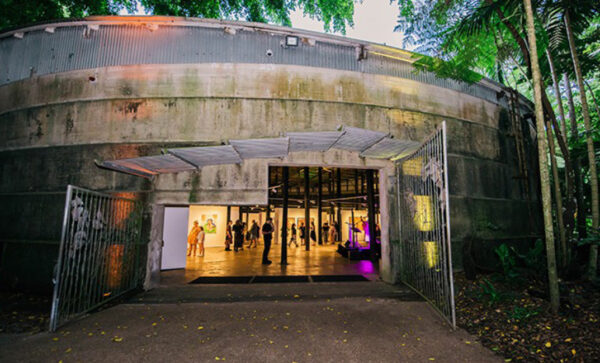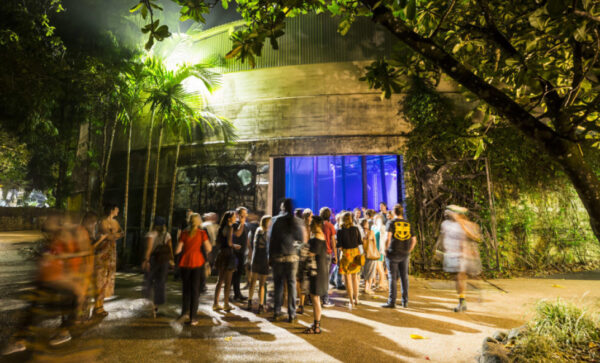By Dominique Hes
Over the past year, we have all been following the saga of the Techno Park housing estate. This is a small community bordering a former petro chemical storage site, smack bang between Williamstown and Altona. Last May around 100 residents received sudden eviction notices to leave their homes, some owned, some rented.
This article is not about rehashing who said what, what the history is, or how we should fix it. It is about focusing our attention on the potential of the whole area and the site. From that perspective, let’s unlock this area’s creativity, investment, and future potential, which could be of incredible beauty and value to everyone.
The potential
The folks at Techno Park live near a beautiful part of the municipality. The Kororoit Creek ecological restoration behind Techno Park is spectacular. It is a place for walking, cycling, and bird watching, offering access to wonderful historic coastal areas of this part of Melbourne.
This potential of the site, its location, and the community leads to a natural reframing of the question of Techno Park. What if, instead of being a ‘problem place’ full of danger and risk, it becomes a place of regeneration, addressing the issues of housing affordability and cost of living, while offering a sustainable, energy-positive future?
What if Hobsons Bay Council, the State Government, and the Federal Government, along with ExxonMobil and the community, work on a positive outcome for all?
The future and a vision for the whole area
The ExxonMobil refinery closed in February 2021 and is now a functioning fuel terminal.
There is potential for Hydrogen fuel to be part of its future. There are also visions of batteries and a renewable energy hub at the refinery.
There is also great potential to connect to fantastic natural areas. These all need to be negotiated transparently, openly, and collaboratively, as issues must be worked through. Yet, the potential to create an energy hub, community, and ecological revitalisation project is very possible.

As a taster of its potential, a unique adaptation of turning the tanks into buildings was created in 2010 by Imagine The Future Inc. with architects David Craven and Philip Snowdon. They developed conceptual drawings showing how the Mobil oil tanks could be transformed into an ecologically and socially sustainable urban village.
There would need to be investment in ensuring no residual health or environmental impact for the years of refining and storage, yet it can be done.
This might seem fanciful, but it has been done before. In Cairns, the Tanks Arts Centre is a vital and vibrant part of the creative community. Built out of three converted WWII naval oil storage tanks, some of the images below are a start of what could be imagined for the site next to Techno Park.


There will be issues to be dealt with carefully such as looking at the soil, water and air around the site, but these shouldn’t stop the potential, they just need to be factored in.
An example of another place that addressed these issues featured in last year’s June edition of the Westsider. The site in North Amsterdam addressed contamination in a low-cost and low-impact way while enabling people to use it.
The people of De Ceuvel, had a site so contaminated they were not even allowed to sink footings for building, so they developed a ten year approach of letting nature clean the ground while an innovation park was set up above the ground in old houseboats and boardwalks. Innovators paid a small rent, had access to innovation funding, and supported the healing of the land and the creation of new industries and ideas.
By developing a long-term plan in collaboration with the authorities, community, industry, and council, we can chart a 10-year journey towards a more diverse and sustainable mixed-use strategy. This approach, which has proven successful elsewhere, will allow for living, working, and recreational activities.


Refreshing to read about how ‘we can’. regerneate and repurposes rather than ‘We Cant’. Hobsons Bay needs more of this thinking.